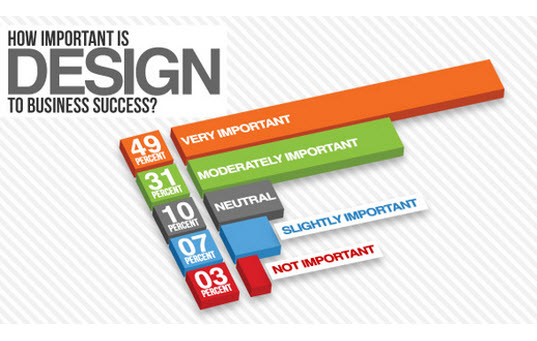The Advancement Of Website Design: After That And Now
The Advancement Of Website Design: After That And Now
Blog Article
Published By-Kahn Molina
In the past, websites were simple and concentrated on info. Navigating was direct, and style was for desktop computers. Currently, customer experience is essential. Information overviews layouts for easy navigating. Responsive designs suit various devices. Today, dark setting reduces strain, and minimal menus improve navigating. Interactive features engage individuals, and strong visuals stand out. AI integration improves involvement. See how please click the next webpage has developed to boost your on the internet journey.
Early Days of Web Design
In the early days of website design, simpleness reigned supreme. Websites were basic, with minimal colors, typefaces, and layouts. simply click the up coming website page got on providing information rather than fancy visuals. Customers accessed the internet with slow dial-up links, so rate and functionality were vital.
Navigation menus were straightforward, generally located at the top or side of the web page. Websites were created for home computer, as mobile browsing had not been yet widespread. Material was king, and developers prioritized simple readability over complex design elements.
HTML was the key coding language used, and developers needed to function within its restrictions. Animations and interactive features were marginal contrasted to today's requirements. Web sites were fixed, with little vibrant content or personalized user experiences.
Surge of User-Focused Design
With the advancement of site design, a shift in the direction of user-focused layout concepts has ended up being progressively famous. Today, developing web sites that focus on user experience is vital for engaging visitors and accomplishing service goals. User-focused design includes recognizing the needs, choices, and habits of your target market to customize the internet site's format, web content, and includes accordingly.
Designers now conduct thorough study, such as user studies and functionality screening, to collect insights and comments directly from customers. This data-driven technique assists in developing instinctive navigation, clear calls-to-action, and visually enticing user interfaces that resonate with site visitors. By placing the individual at the center of the design procedure, web sites can supply an extra individualized and pleasurable experience.
Receptive design has likewise become an essential element of user-focused style, making sure that sites are maximized for numerous devices and screen dimensions. This versatility enhances access and usability, accommodating the diverse means customers engage with web sites today. In essence, the increase of user-focused design signifies a change in the direction of producing digital experiences that focus on the needs and expectations of completion customer.
Modern Trends in Website Design
Explore the most recent trends shaping website design today. One famous trend is dark setting design, using a streamlined and modern look while decreasing eye pressure in low-light atmospheres. Another crucial pattern is minimalist navigation, streamlining food selections and boosting customer experience by focusing on essential elements. Incorporating micro-interactions, such as computer animated switches or scrolling impacts, can create an extra interesting and interactive web site. Responsive style stays essential, making certain seamless user experiences throughout numerous gadgets. Furthermore, utilizing strong typography and asymmetrical formats can add visual rate of interest and draw attention to particular content.
Incorporating AI technology, like chatbots for consumer assistance or tailored referrals, improves individual engagement and streamlines processes. Access has additionally become a considerable fad, with designers prioritizing comprehensive style techniques to satisfy diverse customer demands. Accepting sustainability by maximizing site performance for rate and performance is one more emerging fad in web design. Teaming up with individual responses and information analytics to iterate and boost design continually is necessary for remaining relevant in the ever-evolving digital landscape. By welcoming these modern-day patterns, you can create a visually attractive, straightforward internet site that reverberates with your audience.
Conclusion
As you review the advancement of web site layout from the very early days to currently, you can see how user-focused layout has become the driving force behind modern-day patterns.
Welcome the journey of change and adaptation in web design, always maintaining the customer experience at the leading edge.
Tippingpointdigital
Stay present with the most up to date fads and modern technologies, and never stop advancing your approach to develop aesthetically sensational and straightforward websites.
Evolve, adjust, and create - the future of website design remains in your hands.
